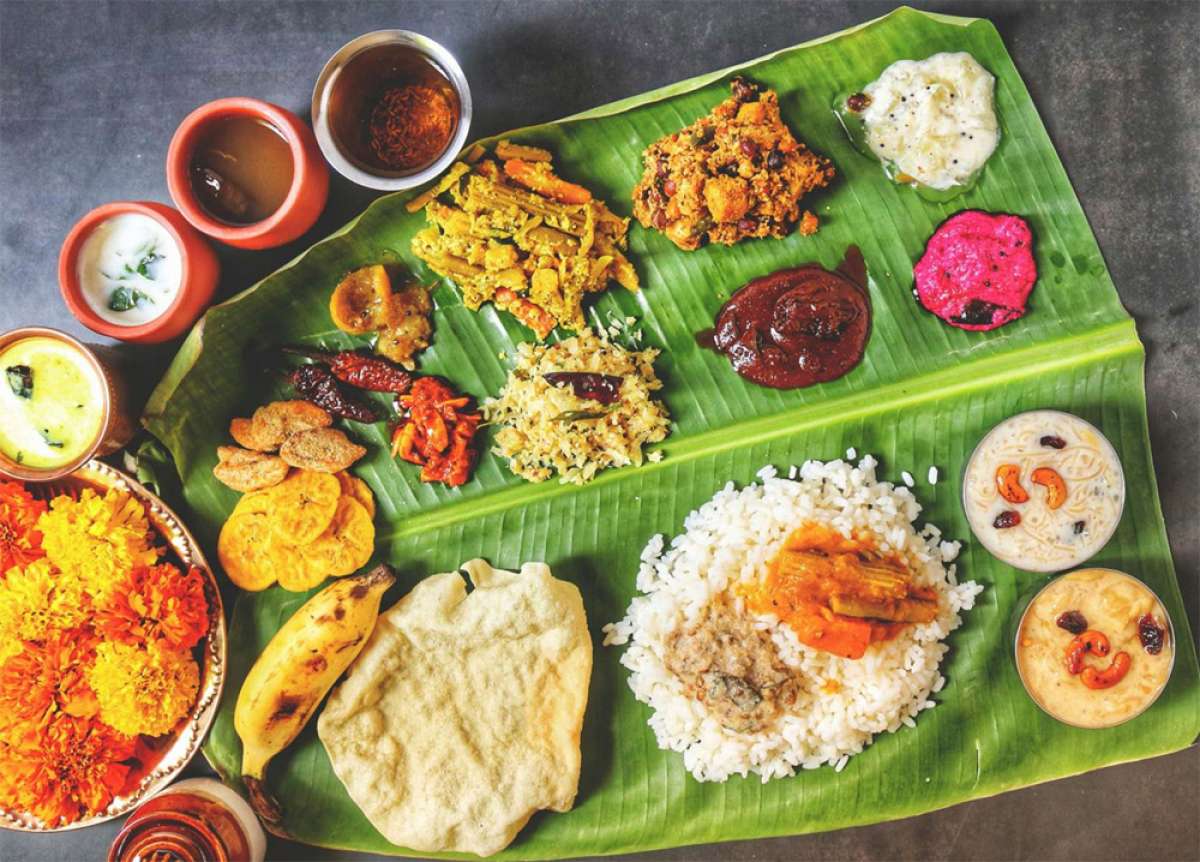A feast for the senses: Onam's Sadya and Ayurvedic wisdom
Here is a diverse array of dishes that cater to all six tastes and promote overall well-being
Onam, a vibrant festival celebrated in Kerala, is incomplete without the grand Sadya, a traditional feast that showcases the state's rich culinary heritage. Sadya is more than just a meal; it is a cultural and spiritual experience that embodies the Ayurvedic principles of balance and harmony.
Ayurveda and the three doshas
Ayurveda recognises three primary doshas or body types: Vata, Pitta and Kapha. Each dosha is associated with specific qualities and imbalances. The Sadya is designed to balance all three doshas through its diverse array of dishes.
- Vata: Associated with air and ether, itis characterised by qualities like dryness, lightness and coldness. The Sadya includes dishes with grounding and warming properties to balance Vata, such as payasam and sambar.
- Pitta: Associated with fire and water, it is characterised by qualities like hotness, sharpness and intensity. The Sadya includes cooling and sweet dishes, like buttermilk (moru) and payasam to balance Pitta.
- Kapha: Associated with earth and water, Kapha is characterised by qualities like heaviness, coldness and slowness. The Sadya includes pungent and bitter dishes, like curry leaves and ash/bitter gourd curry to balance Kapha.
The importance of six tastes
In Ayurvedic cuisine, the six tastes (sweet, sour, salty, bitter, pungent and astringent) are believed to have specific properties that affect the body and mind. The Sadya incorporates all six tastes, ensuring a balanced and harmonious meal:
- Bitter- Kakarakai Thoran (Bitter Gourd Curry) is believed to balance Pitta and detoxify the body.
- Sweet- Payasam is sweet rice pudding that nourishes the body and mind.
- Sour-Buttermilk is a refreshing drink that balances Pitta and Vata.
- Salty-Pappadams and pickles provide essential electrolytes and balance the other tastes.
- Pungent-Spices like chilli peppers and curry leaves stimulate digestion.
- Astringent-Certain vegetables like drumstick curry have astringent properties that balance Vata.
The harmony of Sadya
The harmonious combination of different tastes and textures in the Sadya represents the balance and harmony of life. In Ayurvedic philosophy, ‘rasa’ (taste) is considered an essential aspect of health and well-being. The Sadya offers a complete and fulfilling meal that nourishes the body and mind on all levels.
Beyond taste: The nutritional value of the Sadya
Sadya is not only a feast for the senses but also a nutritional powerhouse. The various dishes offer a rich source of vitamins, minerals and fibre. Some of the key nutritional benefits of the Sadya include:
- Carbohydrates: Rice provides a steady source of energy.
- Protein: Lentils and vegetables offer plant-based protein.
- Vitamins and minerals: The diverse array of vegetables and spices provides essential vitamins and minerals.
- Fibre: The fibre-rich dishes aid in digestion and promote gut health.
Enjoy a balanced and healthy meal that nourishes your body and mind. Which is your favourite Onam dish? Let us know in the comments.


